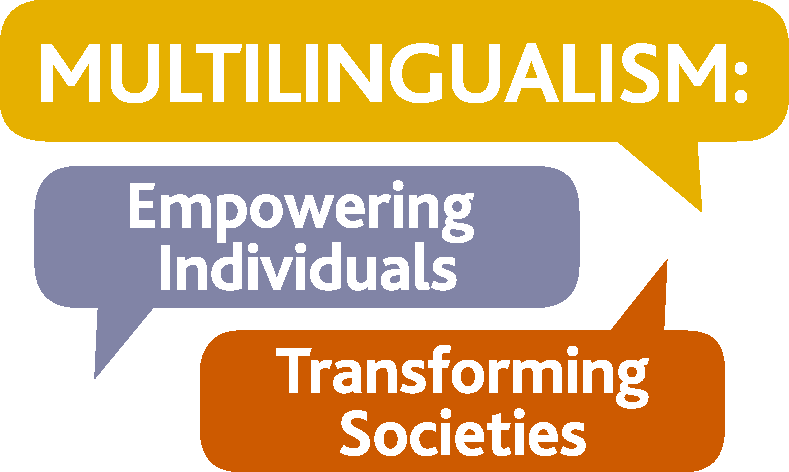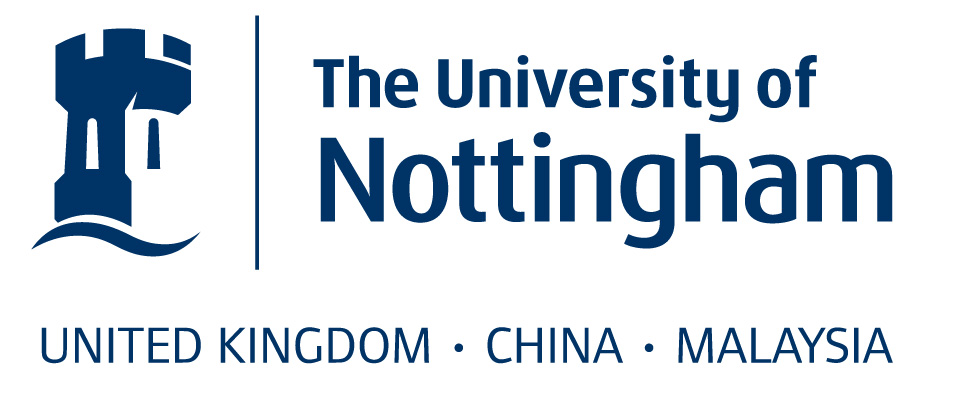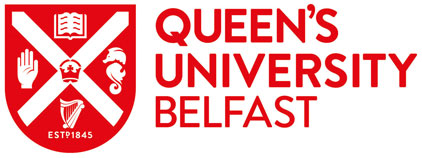In January 2019, I went to a linguistic anthropology conference in Siem Reap, Cambodia (CALA – the Conference on Asian Linguistic Anthropology). Before the trip, all I knew about the city was ‘oh, that’s where Angkor Wat is!’. I boarded the plane to Siem Reap, hoping that my languages (Mandarin, English and a bit of French) would help me survive the 5 days since my Khmer is limited to ‘អរគុណ’ (pronounced /ʔɑˈkun/, meaning ‘thank you’).
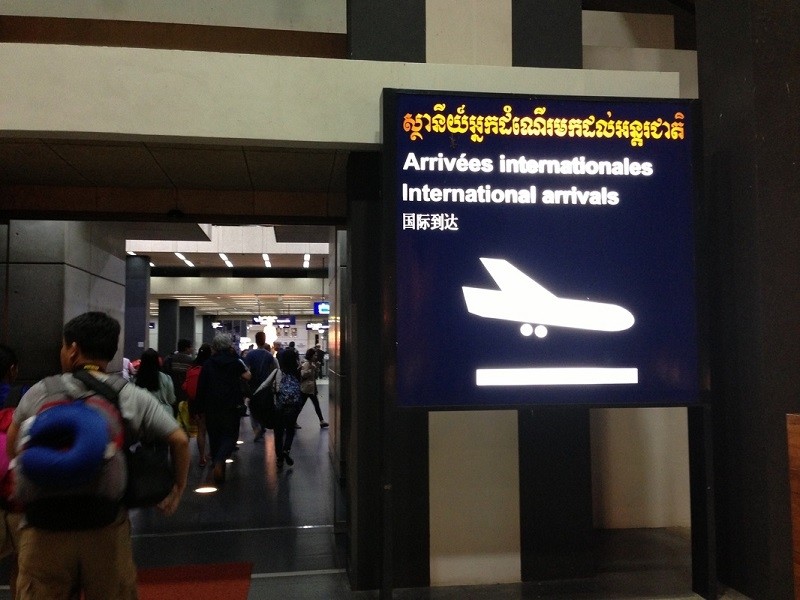
(Picture 1: from http://new.visitngo.com/Files/PaquetesIMG/imges20160408113519.jpg)
It turned out I had severely underestimated the influence of tourism (and globalisation in general). Duh. From the moment I landed at the airport, English and/or Chinese are almost everywhere, right next to the official language, Khmer. Picture 1 shows a directional sign at the airport in the capital, Phnom Penh, and it has Khmer, French, English, and Chinese for both the locals and incoming international tourists. Multilingual signs like this one can be found in Siem Reap airport as well, only the languages are Khmer, English, Chinese, and Korean, as China and South Korea provide the most visitors for Cambodia outside of ASEAN (Association of Southeast Asian Nations)1.
For popular tourist destinations like Siem Reap, multilingualism is visible in all aspects of daily life. I took a photo of a plastic bag from a supermarket near the town centre (Picture 2), in which we can see (traditional) Chinese and English along with Khmer and a photo of Angkor Wat. It is then unsurprising to find out that the shop targets tourists and stocks local souvenirs, such as different kinds of cheese, alongside Western groceries.
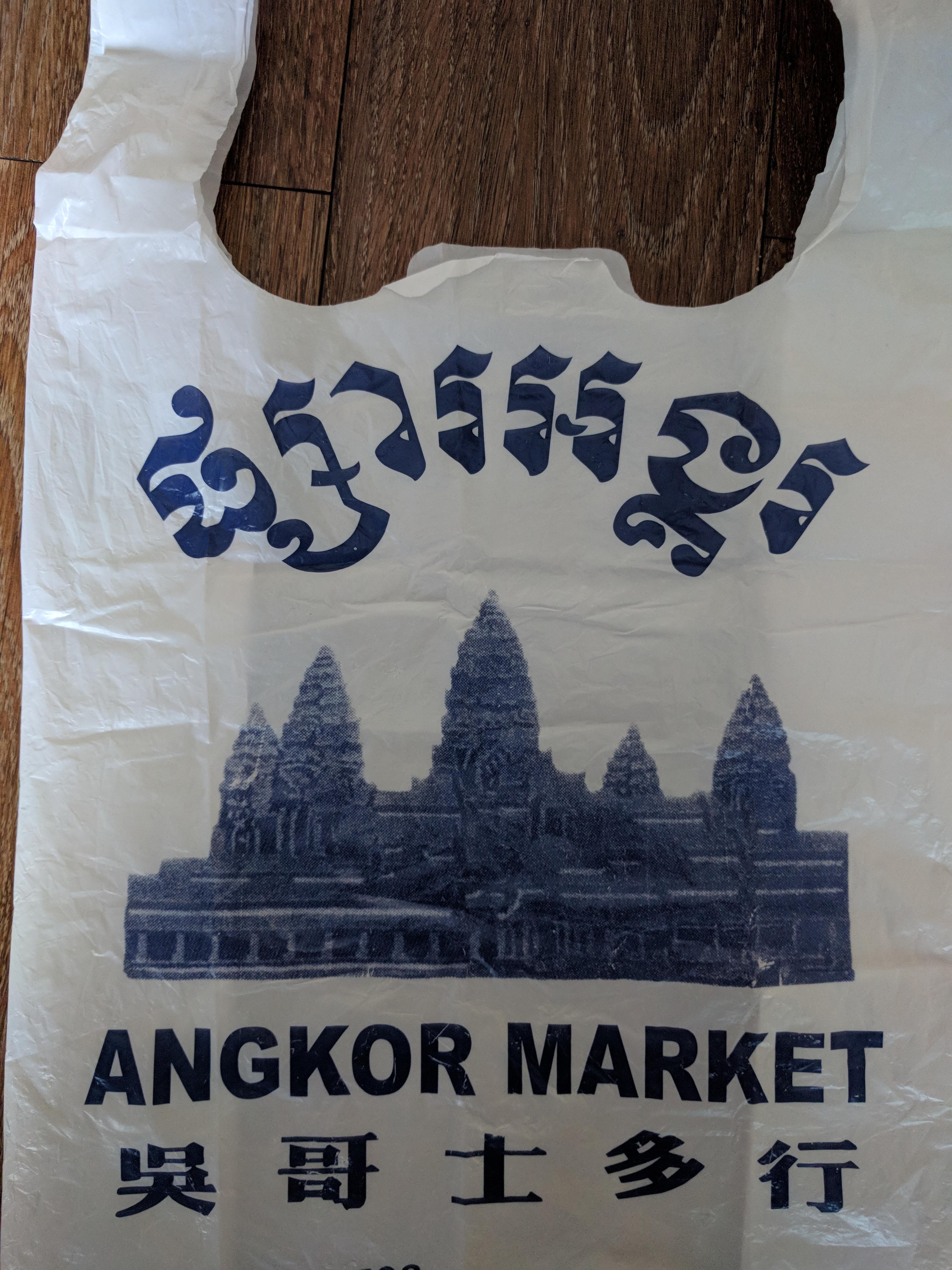
(Picture 2: Carrier bag from a supermarket)
The study of these multilingual public signs (and sounds, to a lesser degree) is a relatively new branch of sociolinguistics known as Linguistic Landscape (LL). These signs are not just informative but also political. For example, it might be acceptable to have monolingual English signs in England, but having only English at, say Siem Reap airport, would be ridiculous and potentially unlawful. Studying multilingual signs can then tell us what status different languages (and their speakers) are given (e.g. Irish in Northern Ireland).
More recently, LL scholars have included multilingual sounds in their work. Language laws and policies can often ‘control’ written signs but are less effective on spoken languages, which makes the investigation of multilingual soundscape ever more interesting. While in Siem Reap, I was often greeted by local tuk-tuk drivers and shop owners in different languages: Mandarin Chinese, Cantonese, Japanese, Korean, and of course, English. Some of you might remember a YouTube clip of a Cambodian boy selling souvenirs near Angkor Wat. He has since become an internet sensation because of his language skills. Ethical issues aside, many children like him work at tourist sites in Cambodia and use their impressive language skills to support their families. One thing is certain: tourism and globalisation have brought changes to their would-be monolingual lives, even if we are unsure whether the long-term effects of multilingualism are positive or negative.
Looking beyond the touristy towns in Cambodia, globalisation is changing the landscape and soundscape of numerous places around the world. More importantly, it might even be challenging the monolingual norm many of us are used to. However multilingual or monolingual you are, and whatever your attitudes towards multilingualism are, next time you come across a multilingual sign or sound, why not take a moment to find out about the complex social reality behind it, and the impact it may have.
Note: 1. https://www.tourismcambodia.com/img/resources/cambodia_tourism_statistics_2017.pdf
Note: comments are moderated before publication. The views expressed in the comments are those of our users and do not necessarily reflect the views of the MEITS Project or its associated partners.
